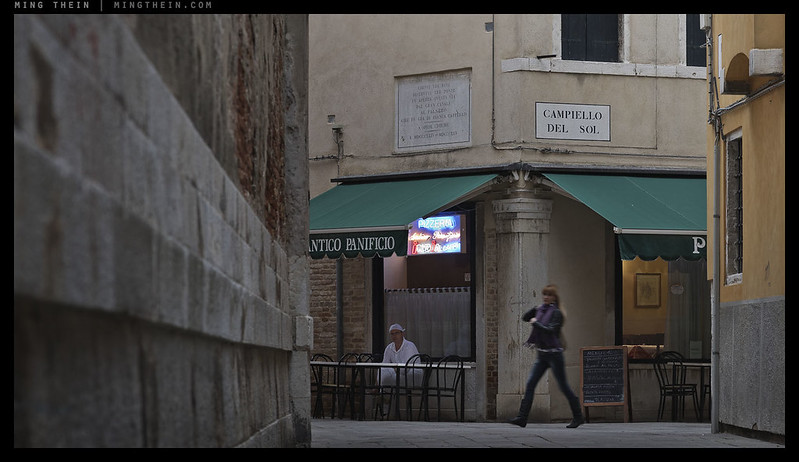
Tribute to an American painter
I’ve never really talked much about what is probably the most important process in photography other than conceptualisation and capture/execution of the image itself. Even though it isn’t directly part of the photographic process, curation has probably the greatest impact out of all of the possible things you can do to control the way your work is perceived. Coincidentally, we’ve been running for a little over three years now, and this is also post number 1,000 – excluding the reposts. At an average length of 1,500 words per post (and many well into 4,000-5,000 range, plus the mammoth Camerapedia), that means there’s around ~2,200,000 words of primary content on the site, not including the comments. Not bad considering an average paperback is in the 100,000 word range. I suppose it’s therefore also somewhat fitting (and perhaps a touch ironic) that I celebrate being prolific by discussing the opposite. It seems it’s simpler to do it than talk about it, but equally important to do so in order to understand why…
Lesson number one: there is a fundamental tenet I keep stressing – and cannot stress enough – to all of my students: you are judged on what you show, not what you shoot. Nobody can see one of your images if you don’t show it; similarly, you cannot show what you didn’t capture. This is really quite powerful: you could be a very prolific but pretty abysmal photographer (or just have a very low hit rate at capture) but be an incredibly disciplined curator, and show a small handful of thoroughly vetted work every year. Taken in isolation, your audience would probably think you were very disciplined and just extremely talented. Conversely, the best photographer in the world could only show you their failed experiments, outtakes, test frames of brick walls and coffee cups and bookshelves and cats, and times when the camera got accidentally powered on in a bag…and the resulting impression would be overwhelmingly negative.
Could I curate more? Sure. Could we all curate more? Sure. Could we curate too much? Possibly; remember that good photography should be art and success of art is highly subjective to both creator and audience; by definition this means that you will be unable to curate to the point that pleases every possible audience. So, you should be aiming to satisfy yourself first and foremost. By extension, this also means that images that work for some purposes may not work for others; there is no universal applicability, and just because a photograph of a building doesn’t fit into a portraiture portfolio, it doesn’t mean that the image isn’t an excellent architectural photograph. Put very simply another way, how would you know what ‘works’ and what doesn’t if you don’t know what you’re trying to communicate or achieve? Lesson number two: curate with an objective in mind.
The more clearly defined your objective, the easier it is to definitively say ‘in’ or ‘out’; an objective may be demarcated by subject matter, or style, or color, or idea, or physical location, or time period, or something else – or a combination of all of the above. Of course, the four things always apply – regardless of curation objective. Perhaps the most difficult type of curation is when you’ve returned from a trip somewhere with thousands of images and the culling must take place before the real business of postprocessing can begin. At this stage, the more you can eliminate before you start postprocessing, the less time you have to spend in front of a computer, the more time you have left for shooting or catching up with work (or to make it up to your spouse for burning two weeks of annual leave on a solo photography trip). It’s not difficult because the rules have changed, it’s difficult because you may not necessarily have had a clear objective for your photography from the beginning of the shoot: I’m sure you can all agree that whilst you may be going on a landscape trip, you’re not going to pass up an afternoon of magical light in your stopover city; and even though the resulting images are not landscapes, you’d be silly to delete them on that basis alone.
One solution of course is to curate multiple portfolios from the same base set of images; this is where you either have to copy and paste many times into different folders, set aside one star ranking for each objective, or start tagging with keywords. The images that then fall into the most categories are either your stars that hit home runs at every opportunity, or they’re the ones that really lack any clarity of idea and ‘sort of’ fit, but not really perfectly. Whilst this approach is very useful for sorting and finding images later – if a stock library is your objective, for instance – it’s not very useful in prioritising workflow and what to process first. I personally find it a bit messy and time is in short supply, so I seldom take this approach unless I need to be able to find images by subject from a very varied shoot – corporate documentary, for instance.
Instead, for general/personal work, I try to be as detached and objective as possible. Firstly, you need to put some distance between you and the image. This is impossible immediately after capture unless it’s an obvious miss with cut off subjects or unintended technical errors like focus misses – and even then, a lot of the time it’s easy to miss things like edge intrusions or only have eyes for your intended subject and fail to perceive the surrounding distractions competing for viewer attention. Practically, I find that shooting something else or leaving at least a day between capture and curation helps my objectivity immensely. But you can’t leave it too long, either – a week or so later and you might well have forgotten what your intention was for that image to begin with, especially if you shot it with specific postprocessing and end output in mind.
On a multi-day trip where I have some free time at the end of the day, I tend to do the following:
- Delete only the obvious technical misses in camera
- Dump my cards to the laptop at the end of the day, and do one high level pass for images that don’t work at larger sizes on my laptop screen. Backup to external hard drives and use a fresh card for the next day, keeping the previous day.
- The following day, dump and backup again, but this time the high level pass includes images from the previous day, too.
- Repeat for subsequent days.
- By the end of the trip, my early material is very thoroughly curated. I then post process in chronological order from start to finish, which means that there’s again some more time between me capturing and making a decision on the final images that have not been through as many rounds of curation.
- When postprocessing, I might cull further.
- After postprocessing, a final cull. I don’t delete the ones I already post processed; I just rate them differently or store them in another folder. I won’t bother postprocessing something that doesn’t have some potential to begin with.
Since the culling process takes quite a while – especially towards the end of a particularly productive trip – I’ve also got an alternative method when I’m under the gun:
- Delete only the obvious technical misses in camera
- Dump my cards to the laptop at the end of the day, backup to external hard drives and use a fresh card for the next day, keeping the previous day.
- Repeat for subsequent days.
- At the end of the trip, use an iterative multi-star rating system until I have the desired number of final images (if for a client) or I can’t delete any more. This means I’ll go through all images and promote the better images to one star; then go through the one stars and promote to two; and so on. By the time I get to four stars, I can condense several thousand images from a week or two down to about a dozen or less. You could also think of allocating stars in terms of the four things; i.e. you need all four things to have four stars. Round half-stars down to be disciplined.
- Postprocess in order of most stars to least.
- You might well stop processing when you reach one or two stars because these images are significantly worse than the three and four star images.
The advantage of the second method is it takes less time in total, but it also leaves you with less space and possibly less objectivity between capture and cull. However, use of the four things as an filter when you don’t have a specific objective (for instance if you are just walking around and practicing, or exploring a new city) is a reliable fallback plan. You can always curate that down to a more purpose-specific portfolio later.
The images that I’ve used to illustrate this article are the result of the second process after the Venice Masterclass – they are images that perhaps don’t specifically fit any one of the curated photoessays from the city I’ve presented or form a cohesive portfolio of their own, but I also find something in each of them that appeals to me.

This is how we make the meat lean
Something that perhaps isn’t talked about very much is curating your audience, too: regardless of what is said, every audience has some degree of expectation. It may be obvious (e.g. client wanting to see a relevant portfolio of work to their engagement) or not (showing vacation photos to friends). I have perhaps 25-30 different portfolios for just such purposes; I also keep them regularly up to date so they reflect both my current aesthetics and my best work. If you have some idea of what they expect to see beforehand, it’s much easier to come away with a satisfied audience; there’s simply no way that you’d show everything, except perhaps to some very close friends or a mentor. The only situation in which showing everything is useful is when you need to do some ‘diagnostics’. From a teacher’s standpoint, figuring out what’s working and what isn’t and how a student can improve is only possible when you see both the curated result (how are you thinking/ assessing images?) and sometimes also the source (what got left out? what mistakes are being made that could be worked on to improve hit rate?).
Taking a step back, I think it’s not difficult to see that the very process of photography itself is an act of curation: we select the bits of the world or scene or subject which appeal to us (or we think will appeal to our audience) and discard the rest. It is an act of continual cropping and conscious exclusion. The very best photographers are not technicians: they are seers, and able to isolate the interesting from the mundane. Strip away the unnecessary until only the minimum required to convey an idea remains. Bruatl minimalism? Perhaps. But the results speak for themselves: the tighter the vision, the tighter the curation, the stronger the final output. MT
What makes an outstanding image and postprocessing are covered in much greater detail in Outstanding Images Episodes 1-5 and the Photoshop workshop video series – A, A2, C and M – all available here from the teaching store.
__________________
Turn the mood and style up to 11: the Hanoi Cinematic Masterclass in association with Zeiss (21-26 July and 28 July-2 August inclusive) is now open for registration – click here to book and for more information.
__________________
Ultraprints from this series are available on request here
__________________
Visit the Teaching Store to up your photographic game – including workshop and Photoshop Workflow videos and the customized Email School of Photography; or go mobile with the Photography Compendium for iPad. You can also get your gear from B&H and Amazon. Prices are the same as normal, however a small portion of your purchase value is referred back to me. Thanks!
Don’t forget to like us on Facebook and join the reader Flickr group!
Images and content copyright Ming Thein | mingthein.com 2012 onwards. All rights reserved
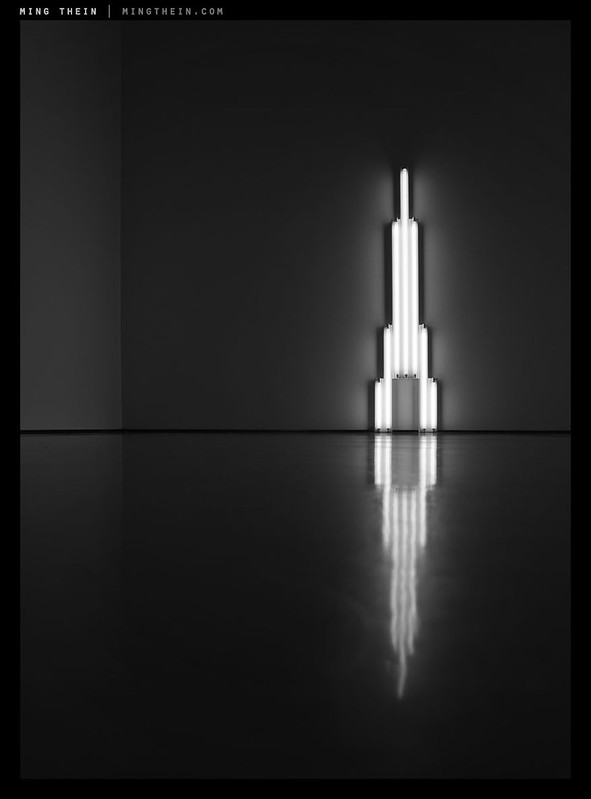
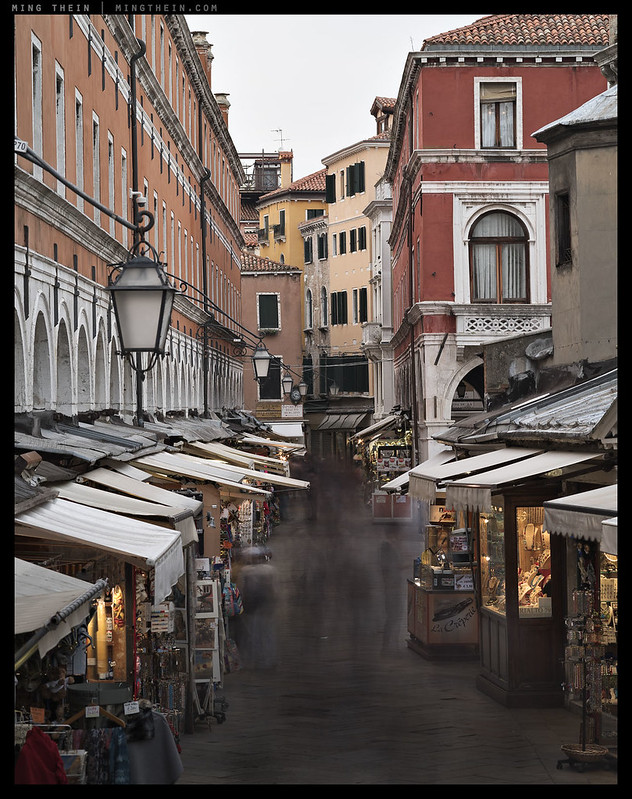
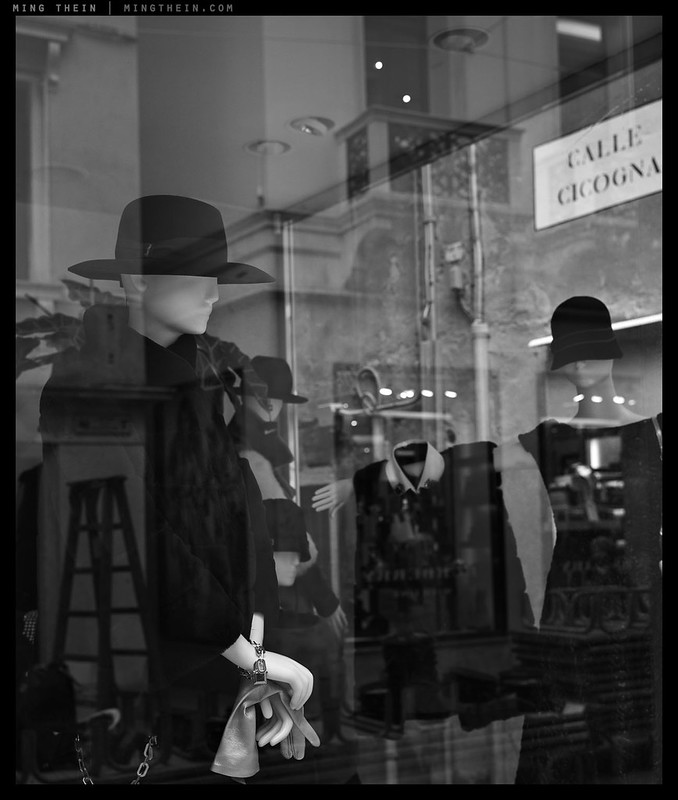


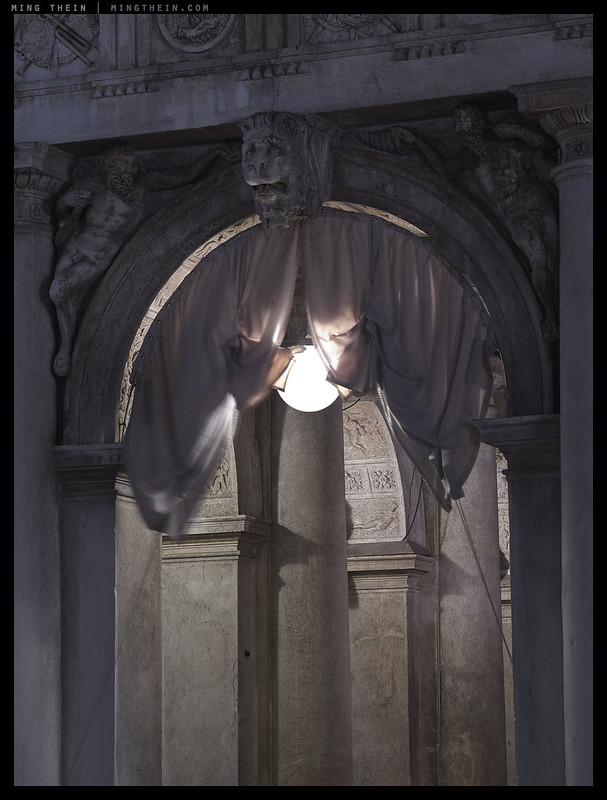
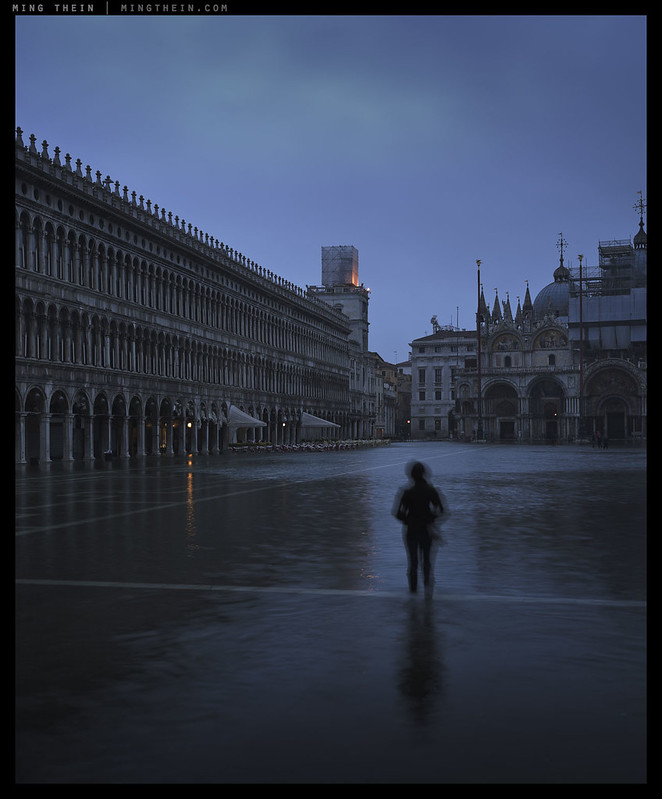






I agree that curating is really important, something that is too easily forgotten by beginners and mediocre photographers. I frequently see presentations by amateurs that are poorly curated; even the mediocre photographer can look a lot better by just throwing away more weak shots. And to become really good one’s curation skills also need developing, especially as you point out to identify one’s vision and also audience.
Interesting to read about your curation process. Mine is simpler, but I’m on the lookout for improving it, though it seems that the biggest improvements come from choosing better and faster.
Bingo. I don’t think the improvements are from choosing faster so much as being very clear about what selection criteria you are using to make that choice – it may well land up being easy to overlook images or shortcomings otherwise…
Hi Ming,
Great article as ever. Much like the 999 ones that preceded this. A question: have you ever got back from a trip and done a 100% cull or thereabouts?
Fortunately not 🙂
Wohooo, 1000 posts! An incredible amount of work to get this far Ming, congrats!
I’ve been using the star system now and am starting to prefer it to my old method – I find this allows me to curate down quicker. For the non pros who have time, I think revisiting a shoot/set a few weeks later to see if the images work or just let the masses on Flickr decide 🙂
Thanks Junaid!
Many congratulations on your 1,000th post! To write the equivalent of that many high quality books, and to illustrate them no less, is a huge achievement (and maybe part of what keep you as lean as that gymnast chicken?). Many thanks, Ming!
Thanks Lucy!
Ming thank you for this site, your time, knowledge, and the willingness to educate the masses.
You’re welcome!
Ah Venezia…sempre bella e interessante. Ostrega!
Congratulations Ming! (And also for the arrival of your little one!) Here is to the next thousand (articles, not little ones of course…) and beyond.
Thanks Richard! Not sure we could deal with a thousand little ones, one is already an enormous challenge!
always a pleasure to read through the posts.
Congratulations! Your articles have significantly changed my photography. I am looking forward to another thousand posts! My next infusion of your knowledge starts next month when I am finally going to begin working my way through your video courses. I hope my two antiquated D700s will have the capabilities needed to complete the full suite over the next year.
Thank you – just remember cameras have been more than good enough for some time now; the limitation is always us 🙂
Then I’m really in trouble! 🙂
The chicken looks like a frog gymnast. I like it.
wow
To identify his best photos, Mike Johnston promotes the idea of printing out the candidates and pinning then to wall for a few weeks. If the image “grows on” you over this period then it’s a keeper. I can see the value of this approach but I guess it’s only practical for light shooters.
I agree and do the same thing for prints; for digital only files, I have them in rotation in a folder which I view and curate/rate regularly.
Great post as always. Really wish to see your photo in print. Did you mention that you have an exhibition in HK coming up this year? Any news on that?
Thanks Leo. Yes, at the HK Arts Centre from 11-17 June – details coming soon…
Congrats on clocking the 1000th posts, sifu. Yes, the sheer numbers speak for themselves, but for me what matters most is the exceptional quality of the content. Syabas!
Ken
Thanks!
Thanks for an excellent 1000th article Ming!! And I really like “Fashion” and the painterly photos 🙂
Thanks!
1000 posts! What to say but “I hope you enjoyed all of them!”
To the main subject:
Curating, the bane of every photographer, aspiring or not.
Though I’m just fooling around with my camera, curating is still needed and by experimenting I’ve arrived to a similar process with yours.
What I find fascinating with the process of curating your own self is that is it time dependent. You should never do it the same day except for the technical mistakes. I won’t do a word play with the various meanings of the word “cure” but the images actually have to cure themselves for some time before you ‘re able to see what works and what not.
I think that the optimal period would be two weeks to a month and that might work if you have a low output. If you shoot a lot you have to do it much sooner or have unlimited storage and time.
In the end if you are your own curator, the less time you keep pictures the more you’re bound to throw away some good ones along with the bad ones.
Thank you. Agreed – longer is better, but if I wait two weeks, I’ll never be able to clear my backlog! And a month…I’ll probably have forgotten the original vision. So, its about finding balance as usual. As for less time resulting in discards – I think it’s not so much that as either overlooking potential treasures, or being overly emotionally attached to an image and having your objectivity blinded…
Congratulations on 1000 posts! Great article as usual. Now if only I could put it into practice effectively 😉
Thanks – the more you do, the easier it becomes…
Thanks for the wonderful article and congratulations on the 1000 posts! I have read and enjoyed each one and learned a ton in the process. 🙂
Thanks Eric!
Thank you Ming for your 1000 posts, it´s a great achievement by its own right. Even though I haven´t read them all, I have learned from most of them and I am pleased every time I receive a mail with your daily thoughts. Keep going, as you have followers from all around the globe. Thanks again.
Thank you!
Congrats… Keep them coming….
https://knowherephotography.wordpress.com
I just finished doing my morning “prayerful yoga”…which centers me…and reading your thoughts have “centered “me futher…blessings in your imageful day..
Thank you.
Thanks!